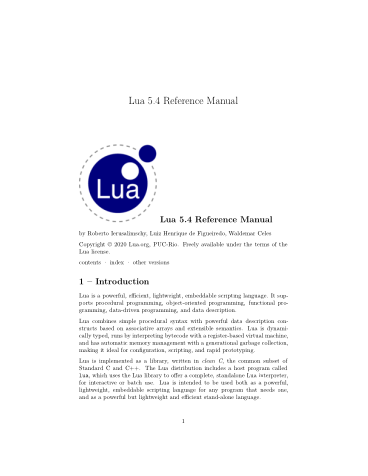
Hot on the heals of the post on how to downsize microscopy movie files, let’s look at ways to shrink the size of a PDF file. There’s several ways to tackle this – suggestions came from this thread on Mastodon. Scenario: you have created a preprint/manuscript/proposal in PDF format.



